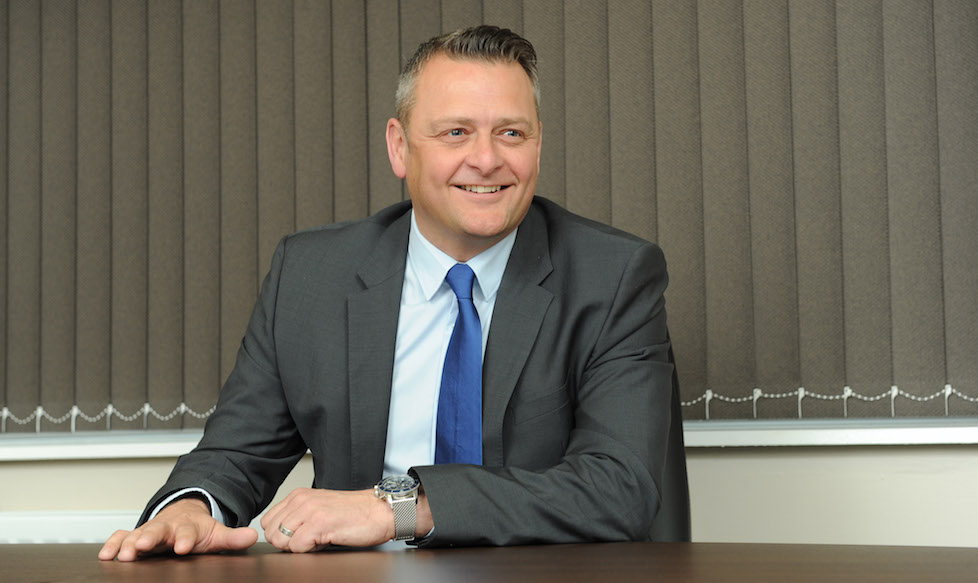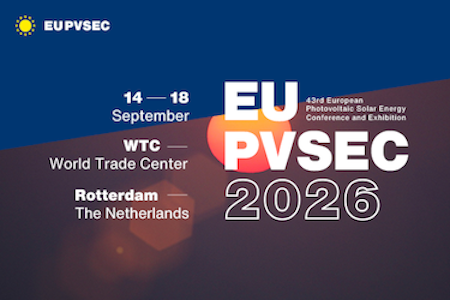Post - Blog
Winds of change: keeping the UK’s renewables drive on track
- 6 years ago (2019-06-03)
- Junior Isles

Tim McNeilly, Managing Director, I.C. Electrical, part of VEO Group.

EU-PVSEC 2026
The UK Government has recently set the ambitious target of growing the proportion of its electricity generated through offshore wind turbines to a third by 2030 – a significant increase on last year’s 8 per cent. With programmes such as David Attenborough’s documentary, Climate Change: The Facts, emphasising the urgency of reducing global emissions, the demand for new renewable developments will inevitably increase over the coming years.
However, when it comes to securing European investment for new wind farms, the UK still lags behind regions such as Scandinavia and will need to give careful thought to the efficiency of electrical installation processes if future projects are to be delivered on time.
By advising that the UK pledges a target of “net zero” emissions by 2050, the Committee on Climate Change has refocused attentions on increasing numbers of wind farm developments. As part of this mission, the UK would do well to look towards Norway, which is increasingly turning away from oil and gas-based power generation in favour of renewable technologies. Not only is the country producing enough energy for domestic use, it’s also looking to turn a profit by establishing new grid connections with central Europe, to sell production capacity to countries looking to increase the proportion of renewable energy in their portfolios.
Historically, a prevailing culture of “not in my back yard” has presented challenges for developers looking to secure planning permission for onshore wind farms, often forcing them to look to offshore projects instead. However now, a combination of factors is drawing investors’ attention to wind farm projects near UK coastlines. Whereas in the past, it was often financially unfeasible to build these developments without first securing large subsidies, innovations in recent years are now enabling increased production hours and capacity. Improvements in design and engineering are also making turbines more robust, helping to keep ongoing installation, maintenance and repair costs down, and produce energy for a larger geographical area.
As demand for wind farm developments continues to increase, the speed and efficiency of electrical installation processes will be of the essence. Dividing project delivery into three key areas – turbines, infrastructure and electrification and maintenance – is a straightforward way of managing projects, and can help to reduce the risk of cost overruns and delays. This approach enables contractors to focus on their core offering, whilst also enhancing commercial value across the entire project lifecycle. In order to avoid veering off the planned project timeline and begin production on time, it’s also important to choose an electrical contractor with a proven track record across similar developments.
Choosing a contractor that can produce type-tested products, and offers first class engineering and installations, is also central to minimising the likelihood of cost overruns. This also helps to ensure that turbine installations are delivered according to plan. In particular, developers should seek out contractors offering Electrical Balance of Plant (EBoP) applications, an area that too often falls into a grey area between delivery limits. These complete turnkey solutions cover the entire project timeline, from planning and design through to execution. In this way, the time investment required for testing and commissioning activity can be minimised by connecting several separate electrical systems, creating a fully joined-up solution.
Modular substations are another technological development with the potential to boost the UK’s renewables revolution, helping to enhance efficiencies. These not only help to improve the usage of available space on development sites, but also allow investors to avoid the disturbance to project delivery often linked with testing in factory conditions. Instead, businesses are provided with robust solutions, which last for the entire lifecycle of the project.
The need for the UK to reduce its emissions has never been more apparent and European power generation markets offer a number of important lessons around pushing developments through quickly, and making green power pay. Technological innovations, making new windfarms more financially viable, are now also helping them to attract more attention from overseas investors than ever before. However, efficient and quality-focused electrical installation processes will play a key role in ensuring projects are delivered on time and on budget in the years ahead.
Seeking the support of an electrical contractor with experience in supporting wind power developments and making use of complete turnkey solutions can help investors to support the UK’s journey to becoming a leader in renewable power generation, whilst also turning a profit.
